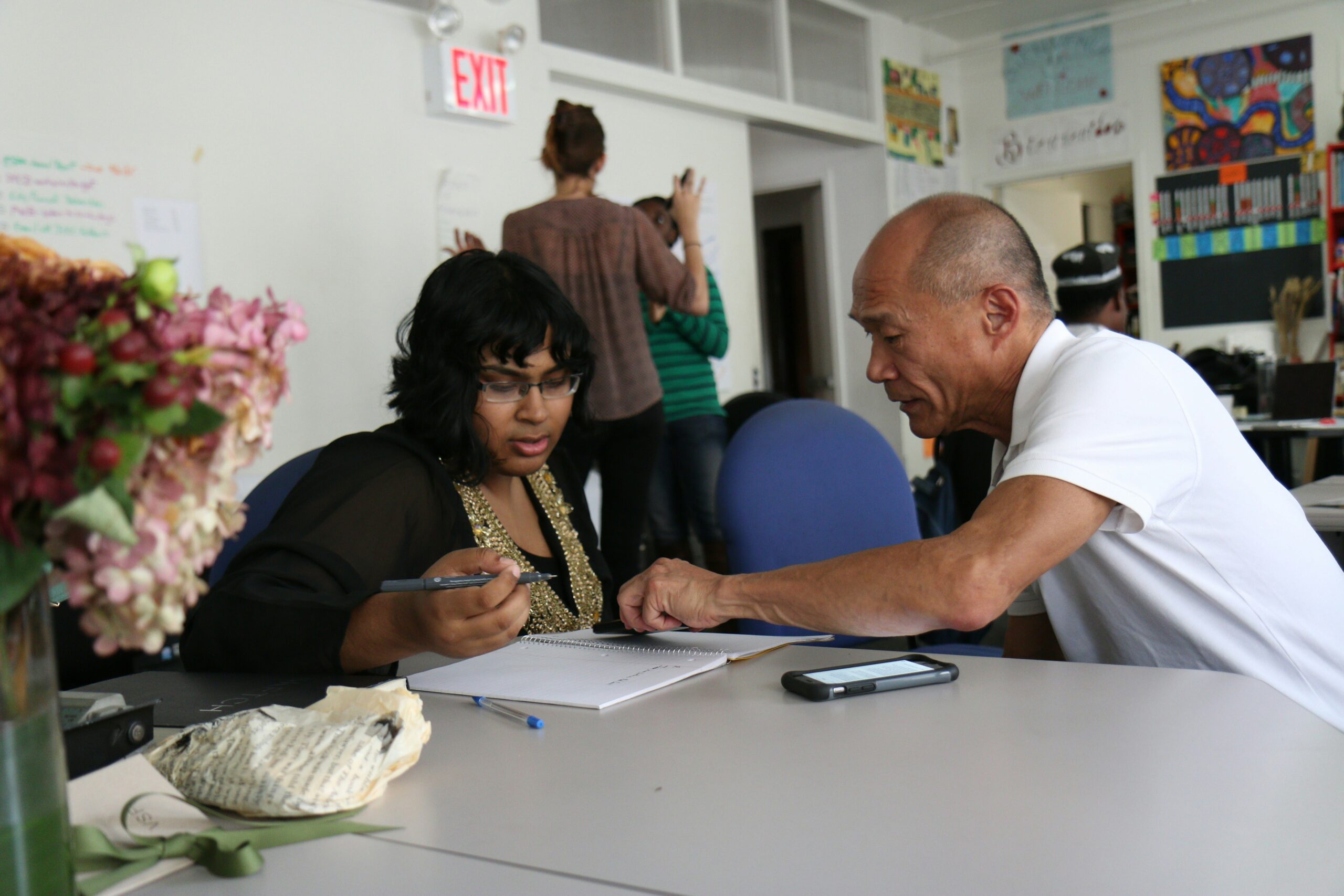Introduction

Hello, my name is Larissa Baloran, and I’m a fourth year student studying microbiology. I was always fascinated by the subject because I had passionate science teachers that boosted my interest about how microorganisms shape the world around us. They made learning captivating by connecting everyday life to the unseen microbial processes that go on around us at all times. Their love for science motivated me to pursue microbiology, and hopefully apply what I learn in the medical field someday.
Understanding of Learning
I personally define learning as acquiring skills or knowledge and being able to apply them effectively in real life. Learning is not exclusively the outcome of formal schooling; it is also gained through practice, social interaction, and real-world experience.
Example:
When I learned Excel for data analysis, I did not simply memorize formulas. What constituted it as learning was:
- Watching short tutorials (engaging and to the point).
- Applying the formulas immediately in my lab project (hands-on practice).
- Receiving feedback from my instructor (reinforcement).
This combination of practice, feedback, and relevance helped the learning stick.
Learning Theories and How You Learn Best
I learn best through constructivism because I prefer to build on prior knowledge, apply concepts to real-world situations, and engage actively rather than passively.
| Learning Theory | Key Features | How It Relates to Me |
|---|---|---|
| Behaviourism | Learning through reinforcement and repetition | Useful when memorizing basics (e.g., lab safety rules) |
| Cognitivism | Focus on memory, problem-solving, and organization of information | Helps when I need to break down complex concepts into smaller parts |
| Constructivism | Learners actively build knowledge through experiences and connections | This is the best fit form because it helps me understand faster when I apply knowledge to real-life problems (e.g., microbiology labs) |
Influence on My Learning:
In class, I prefer group projects, case studies, and experiments because they allow me to connect theory with practical applications.
Motivation in Learning (ARCS Model)
Motivation is the prime force behind my learning. Keller’s ARCS Model (above video) says that motivation can be established by designing attention, relevance, confidence, and satisfaction (Avella, 2018). The video highlighted the ways teachers can intentionally design experiences to elicit each component e.g., using humor or variety to attract attention, or providing assignment options to make content more relevant.
The most important thing to me is nevertheless relevance, because if I fully grasp how a thought ties into my goals, then I am interested and I try harder.
| ARCS Element | What the Theory Says | Video Strategies | My Experience |
|---|---|---|---|
| Attention | Capture learner curiosity with engaging activities | Use humor, inquiry-based learning, varied teaching methods, visuals & audio (e.g., videos, songs) | I learn better when lessons are interactive, like using case studies instead of long lectures |
| Relevance | Connect learning to goals, needs, and prior knowledge | Show how lessons build on prior learning, link to real-life use, give assignment choices | In microbiology, labs felt meaningful because I want to work in healthcare and this connection kept me motivated |
| Confidence | Help learners believe they can succeed | Start with small, achievable goals; give positive feedback; let students solve problems themselves | Practice quizzes built my confidence before exams. Step-by-step progress showed me I could succeed |
| Satisfaction | Provide meaningful rewards and recognition | Give fair grades, avoid “easy A’s,” allow learners to apply knowledge outside class | I felt satisfied when I presented a lab project and applied techniques (like gel electrophoresis) to real problems |
Example:
In my molecular microbiology course, my motivation increased when instructors explained how the lab techniques we practiced (e.g., protein separation, mass spectrometry) are used in real medical research. This sense of relevance made the hard work meaningful, and the satisfaction of applying my skills in a presentation reinforced my confidence.
Adult Learning and Prior Knowledge
Malcolm Knowles’ Adult Learning Theory (Andragogy) emphasizes that adults learn differently from children because they bring experience, self-direction, and internal motivation into the classroom. Knowles identified five assumptions of adult learners:

- Self-Concept – Adults want control over how and what they learn.
- Experience – Prior knowledge is a powerful resource that shapes how new information is understood.
- Readiness to Learn – Adults focus on content that is relevant to their immediate life roles or goals.
- Orientation to Learning – Adults prefer problem-solving and practical applications over memorization.
- Motivation to Learn – Adults are motivated internally, such as by career development or personal growth.
These assumptions directly influence how I approach new learning. My prior knowledge becomes a foundation that makes new concepts easier to grasp.
Example:
When I studied antibiotic resistance in bacteria, I drew on my prior understanding of DNA replication and mutation. This background knowledge allowed me to better understand how resistance genes are transferred and expressed. This reflects Knowles’ idea that adult learners rely on past experience as a learning resource.
| Knowles’ Assumption | How It Applies to Me |
|---|---|
| Self-Concept | I prefer flexible learning where I can decide how to organize my study time. |
| Experience | My microbiology background helps me quickly connect new lab techniques to familiar concepts. |
| Readiness to Learn | I’m most engaged when content clearly supports my career goals in medical microbiology. |
| Orientation to Learning | I retain knowledge better when solving real-world problems, like applying lab skills to case studies. |
| Motivation | My drive to learn comes from wanting to improve my skills for future professional roles. |
By connecting new ideas to my past experiences and focusing on real-world application, I approach learning in a way that aligns with Knowles’ andragogy.
References
Keller, J. M. (1987). Development and use of the ARCS model of instructional design. Journal of Instructional Development, 10(3), 2–10. https://doi.org/10.1007/BF02905780
Avella, F. [Frank Avella]. (2018, November 20). Student motivation: The ARCS model [Video]. YouTube. https://www.youtube.com/watch?v=tYu90ZK2WUA